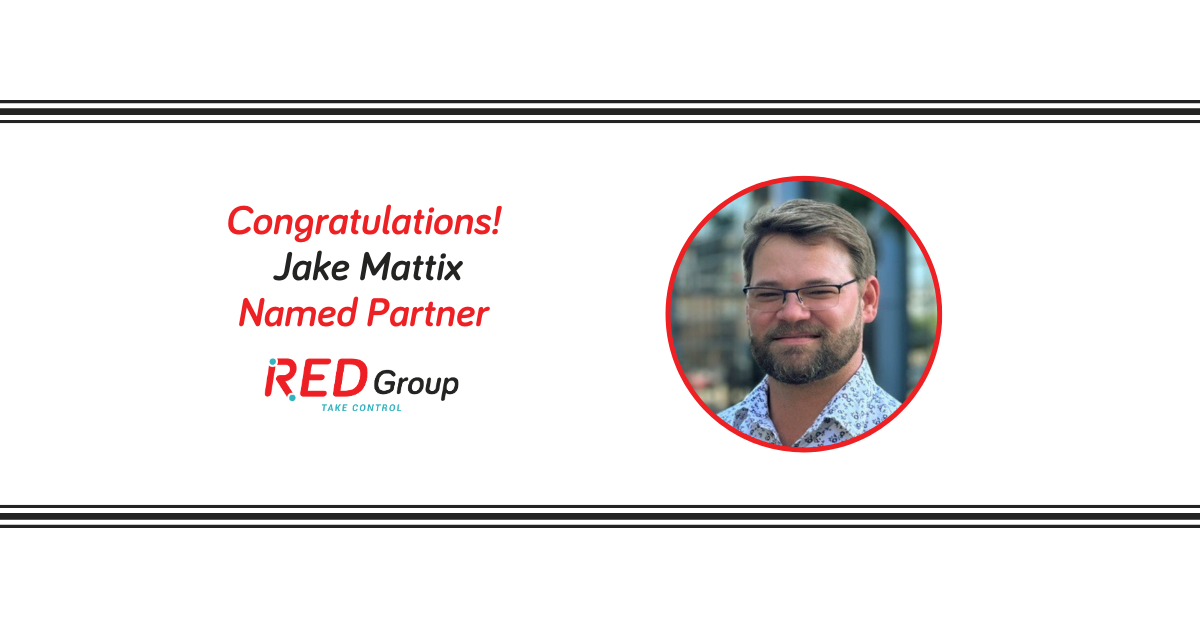
RED Group is thrilled to announce that Jake Mattix, Director of Business Development, has achieved Partner status in the company.
“I am honored to be a partner here at RED Group,” said Jake. “I’ve learned so much during my tenure here and I could not have achieved Partner status without the help from our team that we have strategically built to support our clients. We’ve surrounded ourselves with some of the best folks in the industry, and it shows in the quality of our work. Many thanks to Kyle and Carl for believing in me and trusting that I will always do right by our staff and our clients. I look forward to the future here and each new challenge that comes with it.”
Kyle Remont, Founder and President, added, “Jake has been a key team member here at RED Group for over a decade, and the impact he’s made is highly visible, and continues to expand. His ability to act in the best interests of RED Group, our clients, and the entire team, simultaneously, is inspiring. We look forward to another decade of achievements via Jake’s leadership and contributions from the entire RED Group team.”
“Jake’s passion to effectively partner with our clients, as they modernize and aim to achieve increased resiliency, is certainly one of the keys to RED Group’s success,” said Carl Fangue, CEO. ” Additionally, at RED Group, our core values are central to how we work as a team, how we work with clients, and how we define success. Not only did Jake help create our core values (‘Be Dependable’, ‘Cultivate Relationships’, and ‘Strive for Excellence’), he lives them and promotes them, continuously.”
RED Group is a leading Industrial Control Systems (ICS) Technology & Integration firm, specializing in Automation, Operational Technology (OT) Consulting, and Cybersecurity solutions. We engineer and integrate our clients’ OT systems with four outcomes in mind: Control, Safety, Insights, and Security. Our expertise in operational technology, systems engineering, and systems integration enables us to thoughtfully guide organizations through their journey towards optimization, stability, and resiliency. We also have an inhouse UL 508A/UL698A Panel Shop where we fabricate custom industrial control panels. We are headquartered in New Orleans, LA with additional offices in Lafayette, LA and Houston, TX and serve a client base of North America, presently.

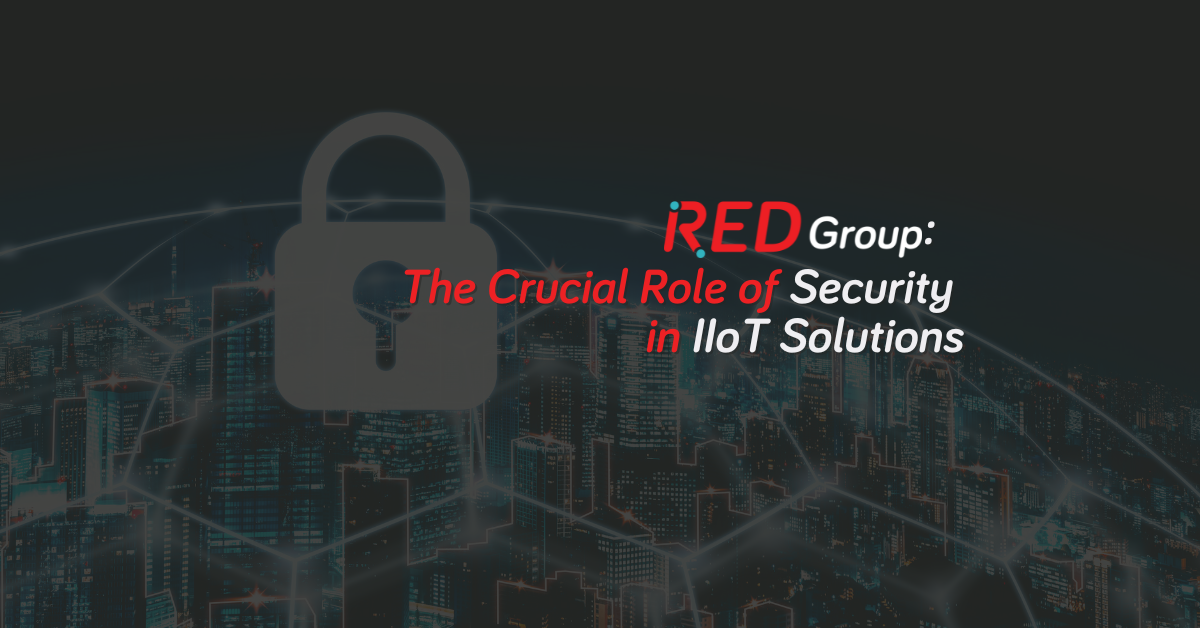

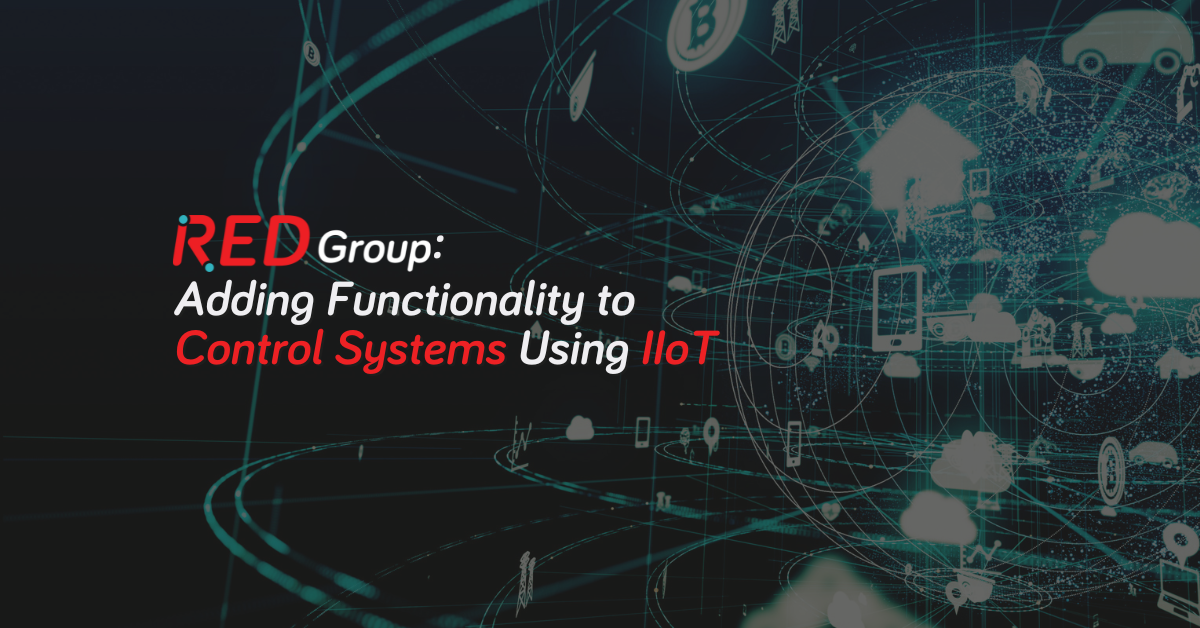
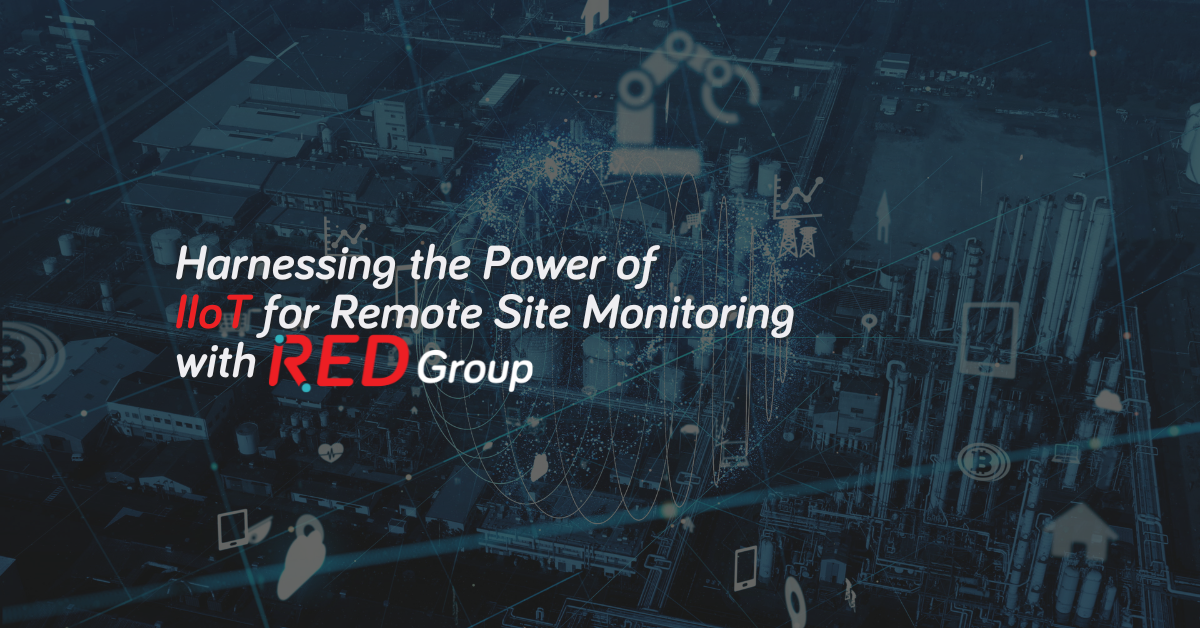

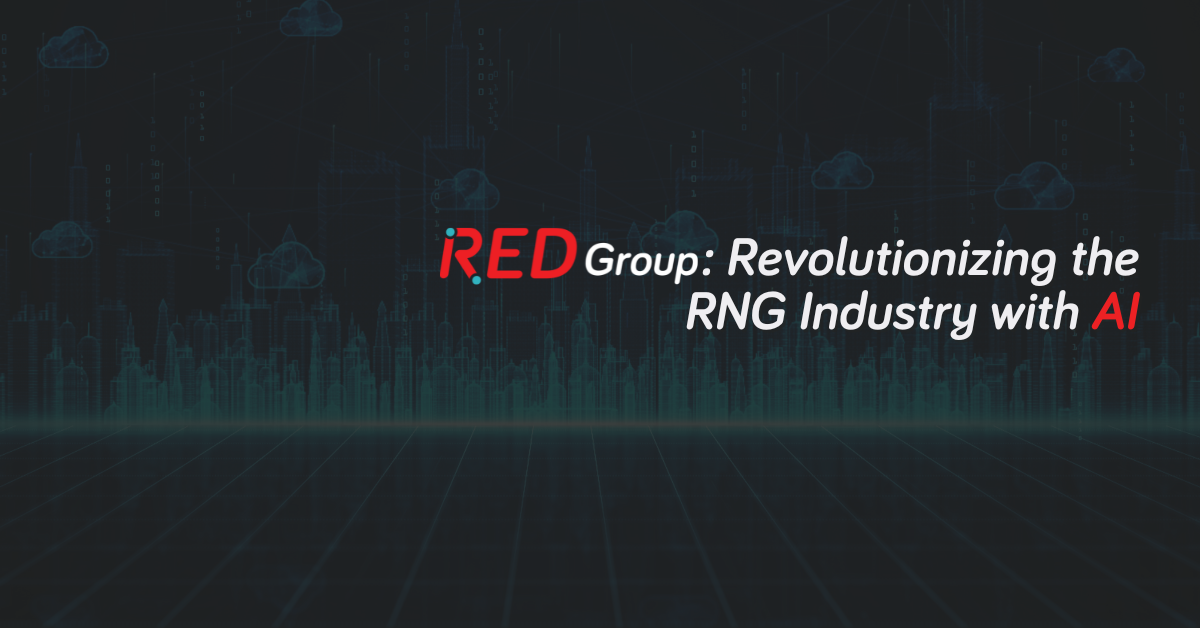
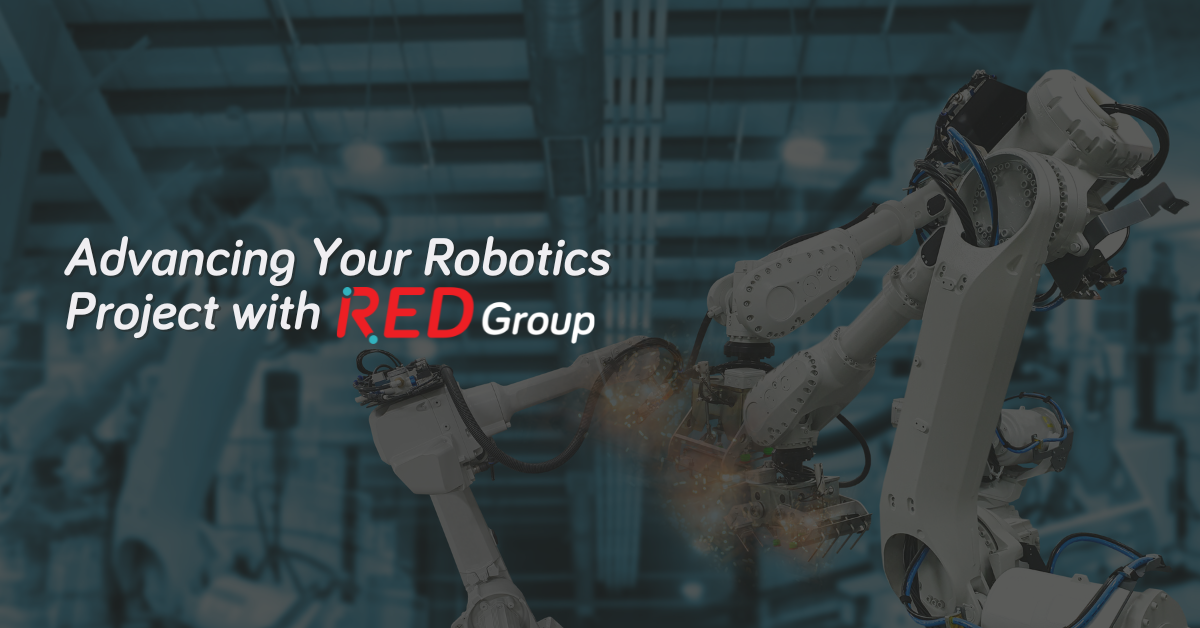
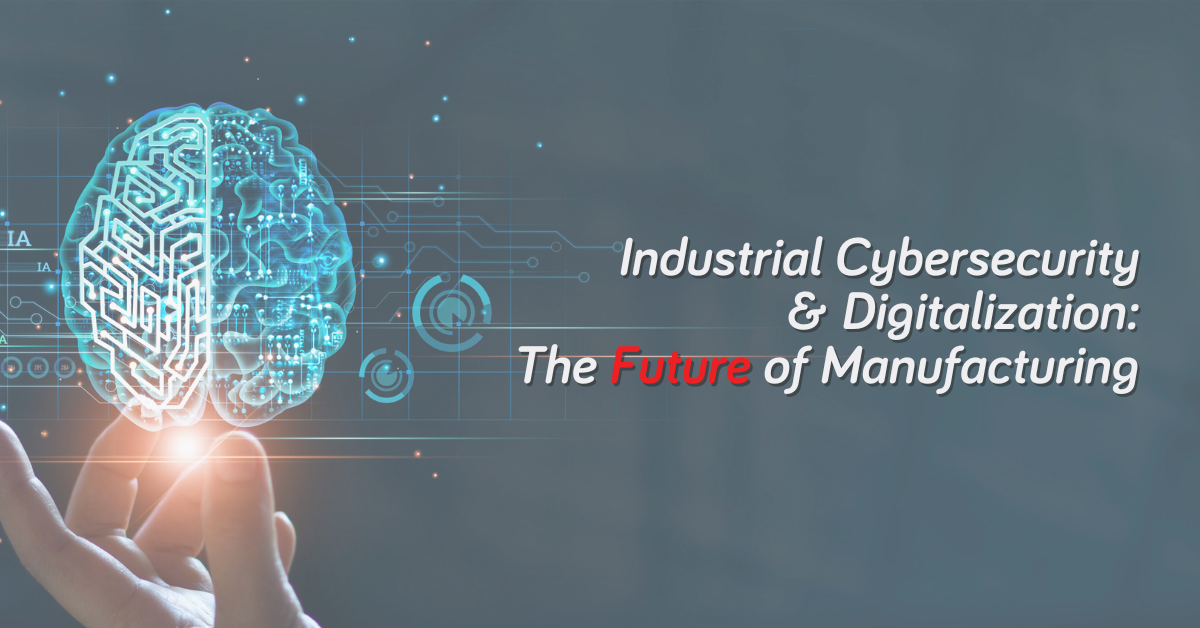
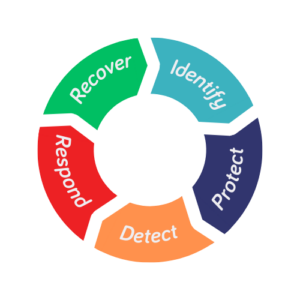

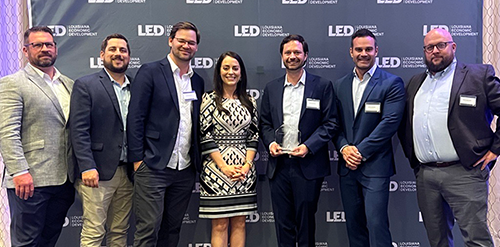
Recent Comments